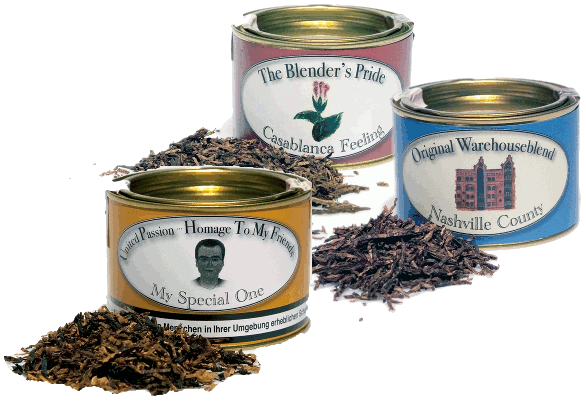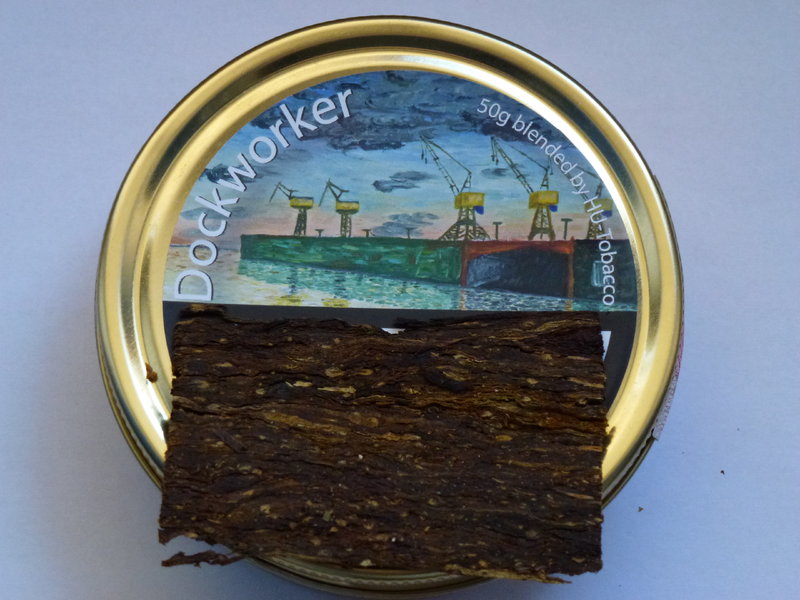Some years ago I did an interview with stone-cutter extraordinaire Martin Romijn, who makes pipe-accessories out of stone. Throughout the years we kept in touch and saw each other at meetings. It was at the end of 2016, beginning of 2017 that I learned that he also was making pipes. This piqued my interest because I know that Martin has a feeling and eye for lines and shapes. Something one can not learn. With his first pipes I had to laugh a bit, he treated the wood like stone but his style was undeniably unique. A bit further along the way his talent really began to show and his pipes became more refined. Always trying to show off the beautiful patterns of the briar just like he did with the fossils in the stone. Now I consider him one of the best if not the best pipe-maker in The Netherlands.
So last month I paid him a visit. Martin still lives in the city of Leerdam and behind his house he has a shed where the magic happens. I have been at the work places of several pipe makers and where some are pure unadulterated chaos Martin absolutely has one of the tidiest. Everything is neatly and orderly arranged and the machinery looks reasonably clean. Talking about equipment, Martin has a wood turning lathe in stead of a metal turning one. It was a gift from his parents when they saw his pipe-making talent. Besides that he thinks he has more freedom shaping pipes on it. Also he has a sanding disc and a slack belt sander, which he took over from another pipe-maker (Vandaahl) who had stopped. Further you can find in his workplace a bandsaw, dremel, some hand work tools (files etc.) and a polishing machine. Last but not least on one of the shelves stands a laptop that powers a loudspeaker which blurts out non-stop music of the great Johnny Cash, one of Martin’s heroes.
When I asked how and where he did learn to carve and shape briar wood he answered that he is mainly a self taught pipe-maker. In previous years he refurbished quite a lot of estate pipes. Also because of his stonecutting day-job (and all the tampers, ash-trays, stands etc. he made) Martin has 25 years experience of shaping and modelling. At one point he started experimenting with some briar blocks and when it turned out he did pretty well it became more serious. Nowadays Martin uses briar from Italy and in the future he wants to try his hand at olive wood. His mouthpieces are made from ebonite and acryl and some have the craziest colours and patterns. But Martin makes sure that visually the stem goes together with the bowl.
Martin has a pretty unique way of making pipes. Other pipe-makers decide what shape they want to make and begin. If a sandpit surfaces, well too bad, next one! But not Martin, this is what he has to say about his method: “I start with watching, studying, “reading” the briar. Every block has its own story. How does the grain go, what can you expect when you cut it in a certain angle etc. It can be that I have had the briar piece in my hands dozens of times before I know which pipe it hides. And even then, sometimes the wood has its own plan. When I come across a sandpit or another irregularity I have to adjust my plan to fit the briar. In such a case I always say that the briar speaks to me and that I should listen. This way you often get the most surprising and beautiful results.” I have to agree with Martin. All his pipes are showcases for the stunning grains they possess. Because of this he does not make shapes on request. It would be a waste of a piece of briar to make a pipe out of it which does not agree with the grain. When asked what is the most favourite pipe he ever made Martin hesitates. “That is a tricky one.. They are all my favourite. The process of making a pipe takes up lots of hours of hard labour. When you work that long on a piece you get attached to it. It is your design, your creation, born from your creative thoughts and moulded by your hands into something tangible. But if I really have to pick one it would be the Twisted Pickaxe. Recently made, beautiful organic shapes, stunning grain, a pickaxe but with a twist. My twist.”
 Martin, when did you start smoking pipes? “30 years ago I began smoking pipes. My first one was a Tattoo pipe, made by Dutch pipe maker Gubbels/Big Ben. I saw it at someone and decided to also give it a try. I liked it and soon I bought a regular pipe to go with it, and another one, and another.. Well, you know how it goes.. Of course then also began the search for the finest tobaccos. A journey which never ends but which I enjoy to the max.” Ok, so what is your favourite tobacco? “Ehrrr… Can I name two? Esoterica Stonehaven and GL Pease Embarcadero. Oh! And Samuel Gawith Squadron Leader and hmmm.. Damn, there are so many delicious blends, hard to pick out one.”
Martin, when did you start smoking pipes? “30 years ago I began smoking pipes. My first one was a Tattoo pipe, made by Dutch pipe maker Gubbels/Big Ben. I saw it at someone and decided to also give it a try. I liked it and soon I bought a regular pipe to go with it, and another one, and another.. Well, you know how it goes.. Of course then also began the search for the finest tobaccos. A journey which never ends but which I enjoy to the max.” Ok, so what is your favourite tobacco? “Ehrrr… Can I name two? Esoterica Stonehaven and GL Pease Embarcadero. Oh! And Samuel Gawith Squadron Leader and hmmm.. Damn, there are so many delicious blends, hard to pick out one.”
 What are your favourite pipes and why? “My collection is rather large, about 75 pipes. They all have something special, that can be their smoking qualities but also some have their own story that makes them special. I especially like to smoke Winslow pipes. Good smokers, nicely shaped, good open draw and handmade by a pipe-maker I admire very much. In 2018 I got to meet Poul Winslow himself at his home and saw how he worked in his workplace. Very special and informative! What an experience, I watched with growing admiration how he creates a stunning pipe with breakneck speed. Since then I like these wonderful pipes even more.”
What are your favourite pipes and why? “My collection is rather large, about 75 pipes. They all have something special, that can be their smoking qualities but also some have their own story that makes them special. I especially like to smoke Winslow pipes. Good smokers, nicely shaped, good open draw and handmade by a pipe-maker I admire very much. In 2018 I got to meet Poul Winslow himself at his home and saw how he worked in his workplace. Very special and informative! What an experience, I watched with growing admiration how he creates a stunning pipe with breakneck speed. Since then I like these wonderful pipes even more.”
 Do you have any famous last words for the readers? “I hope to make pipes for many, many years. I hope my creations will find their way to the people who love them. That they will find owners who will experience delightful moments of relaxation and pleasure thanks to good tobacco and a pipe I worked on with love and dedication.” With that our conversation was over for the time being. Martin began working on one of his new creations while I sat back sipping a good whisky, smoking a pipe, listening to the soul-wrenching voice of Mr. Cash and watching the magic hands do their job on the immortal briar.
Do you have any famous last words for the readers? “I hope to make pipes for many, many years. I hope my creations will find their way to the people who love them. That they will find owners who will experience delightful moments of relaxation and pleasure thanks to good tobacco and a pipe I worked on with love and dedication.” With that our conversation was over for the time being. Martin began working on one of his new creations while I sat back sipping a good whisky, smoking a pipe, listening to the soul-wrenching voice of Mr. Cash and watching the magic hands do their job on the immortal briar.
– https://romijntampers.nl
– https://www.facebook.com/romijntampers/
– https://www.instagram.com/romijn_pipes_tampers/























